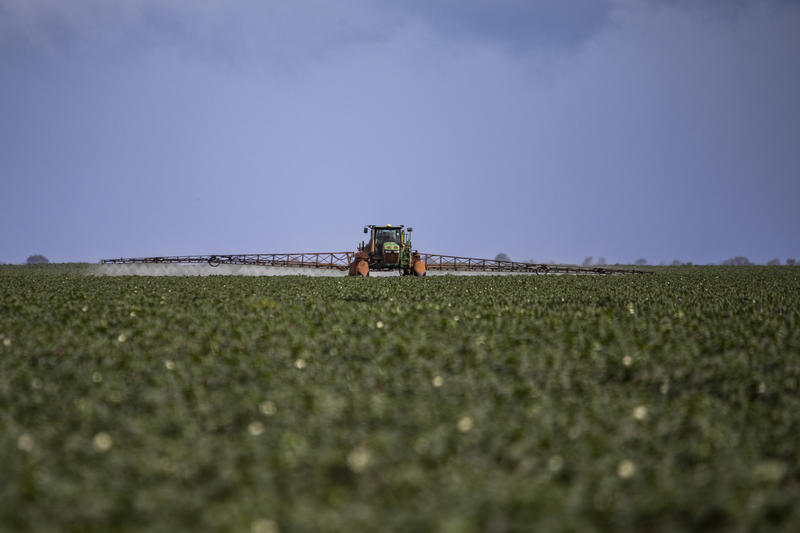
You might be surprised to learn that agriculture was the only major sector in Canada to actually increase greenhouse gas emissions in 2020.
A major cause of this is our addiction to artificial fertilizers: about one-third of all agricultural emissions in Canada come from their production and application.
Greenpeace has been investigating this problem to gain a better understand of the climate consequences and solutions. Here’s what we know.
What’s at stake?
Artificial fertilizers gobble up massive amounts of fossil fuels to produce. According to our new research, roughly 8-10% of Canada’s annual natural gas consumption is used for this purpose. These “fossil fertilizers” are then applied to the soil in industrial agriculture, where they release massive amounts of nitrous oxide into the atmosphere.
Nitrous oxide is a devastating greenhouse gas, over 250 times more powerful than carbon dioxide. Globally, this is a major driver of the climate crisis, contributing 2.4% of greenhouse gas emissions.
Ultimately, what is at stake is ecosystems and people — especially vulnerable communities.
Consultations and controversies
Last month, we made a submission to the federal government’s consultation on how to reduce emissions from these fertilizers. Hundreds of our supporters raised their voices online and let the Minister of Agriculture know the public expects her to listen to climate science and not big fertilizer lobbyists.
But the lobbyists are clearly well funded and have deep connections. According to the Hill Times, this was the “top issue for most-lobbied MPs this year so far”. And they are here putting forward a dangerous message – that breaking our addiction to their high emissions products is not possible – when the reality is that our over reliance on fossil fuelled chemical fertilizers is a root cause of food insecurity and climate change.
2 big solutions: more organic agriculture and less factory farms
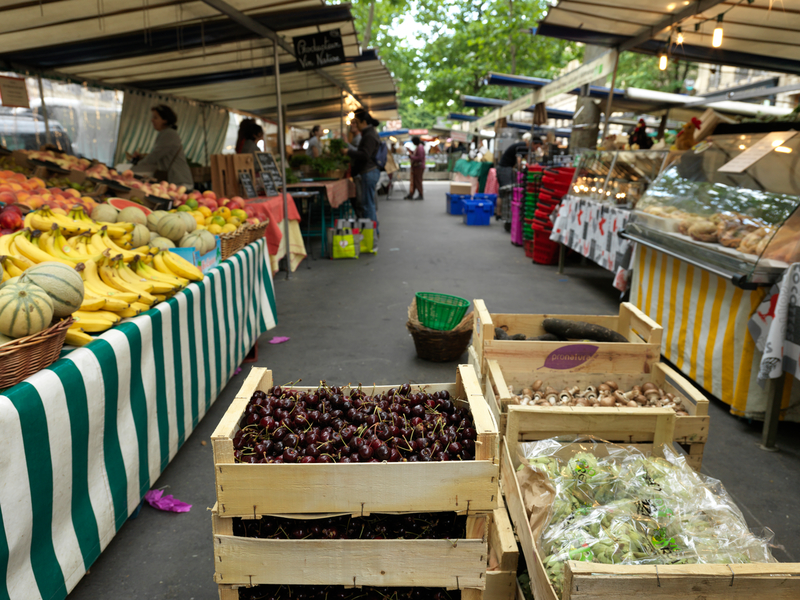
1. Going organic
Organic farming involves a diversity of crops, plants and practices that mimic natural systems to access the nutrients required for growth. Many of its practices and principles have been developed with Indigenous knowledge accumulated over millennia. A substantial body of research, such as the most recent IPCC report, shows the environmental benefits of these practices, including eliminating the need for synthetic fertilizers.
The author of a multi-year study into the benefits of this switch recently told the Guardian that: “Reducing reliance on chemical fertilisers would help to buffer farmers and consumers against economic shocks, such as the current spike in fertiliser costs and consequent increase in food prices.”
A huge part of the solution, therefore, is providing enormous support to Canadian farmers switching from fossil fuel derived fertilizers and towards more organic sources. Many are already leading the way.
2. Phasing out factory farms
So what does this have to do with factory farms? A lot more than you might think. Almost 30% of all crops produced in Canada are used just to feed livestock. And 85% of the emissions to produce these feed crops are caused by nitrogen fertilizers.
It works like this – first, crops are grown in industrial monocultures using huge amounts of chemical fertilizers and releasing vast quantities of greenhouse gas emissions. Next, these crops are consumed by livestock in factory farms (where methane is released, but I won’t go there for now). Finally, we overconsume this factory farmed meat and emissions grow.
Instead it should work like this – animals are farmed organically, outside of factory farms and with crops free from chemical fertilizers. Our government invests in farmers making this switch and exploring plant-based alternatives, we eat more organic and plant-based protein and emissions fall.
Big cuts possible, for people and planet
By investing in farmers who are embracing organic methods, we can break our addiction to synthetic fertilizers and build a low emissions food system that supports local communities right across the country. This is not about turning our backs on farmers – it is instead about working together to move away from factory farming methods and towards the solutions that we know exist.
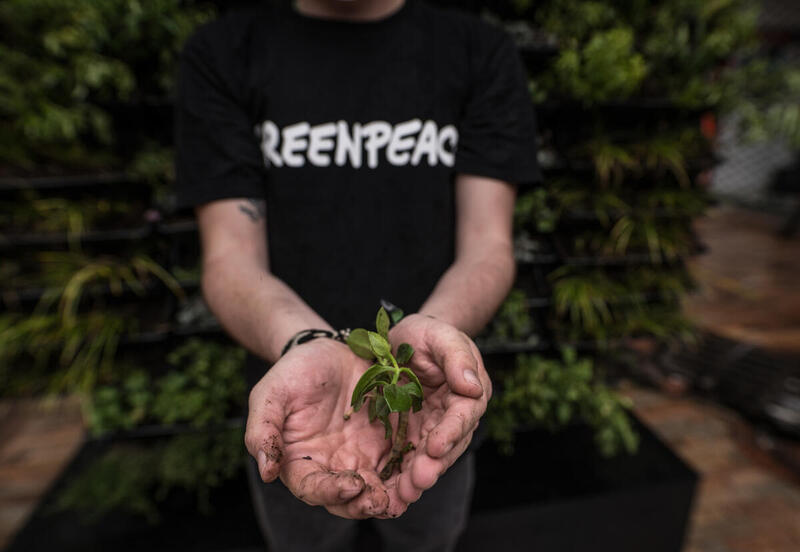

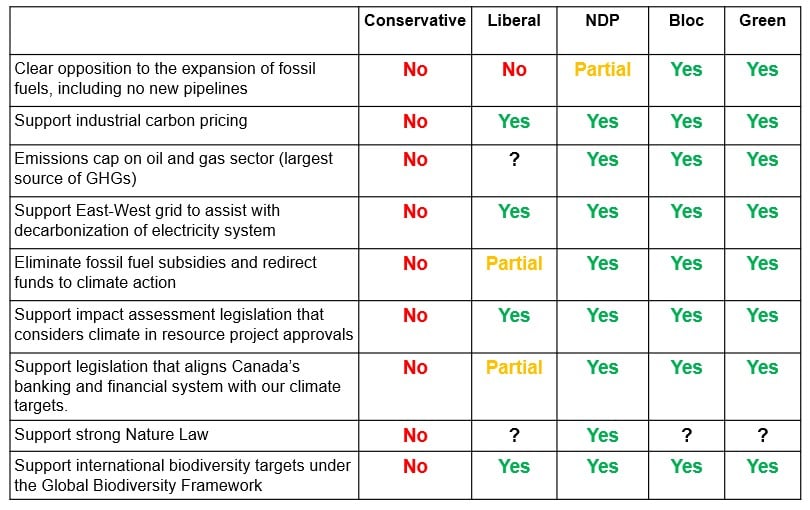
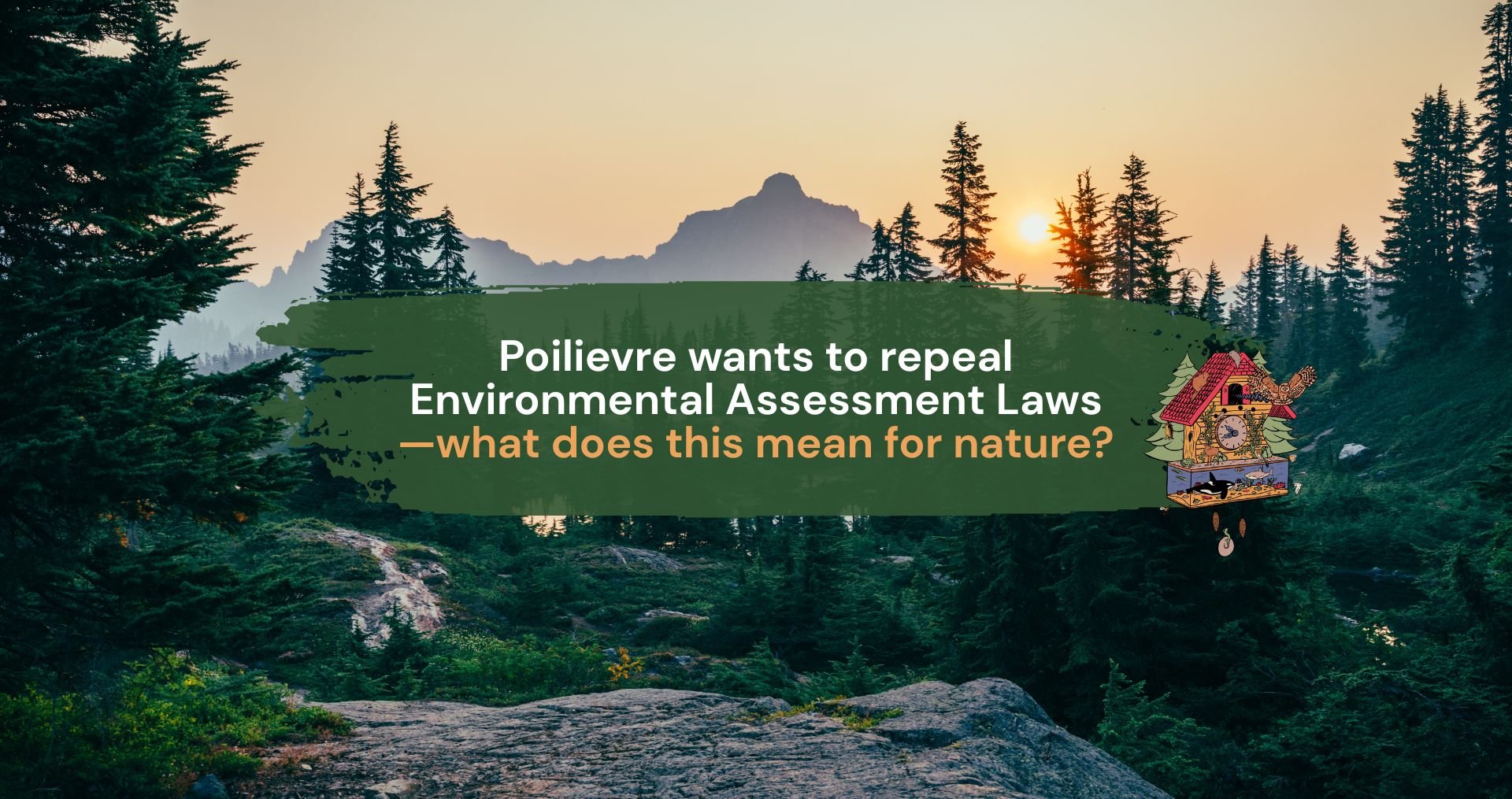
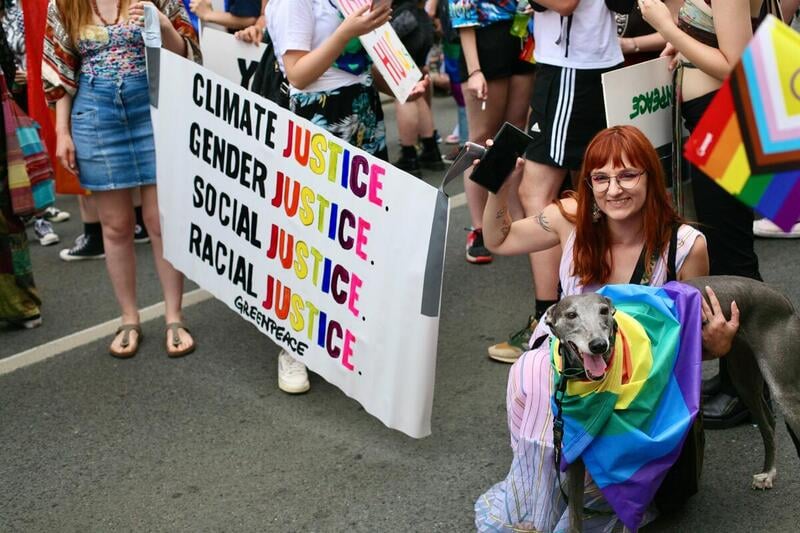
Discussion
I appreciate your round coverage of global affairs in an appetizing fashion, i.e. with photos, human interest stories, informative articles and larger-scope reading material. Bravo, well done!